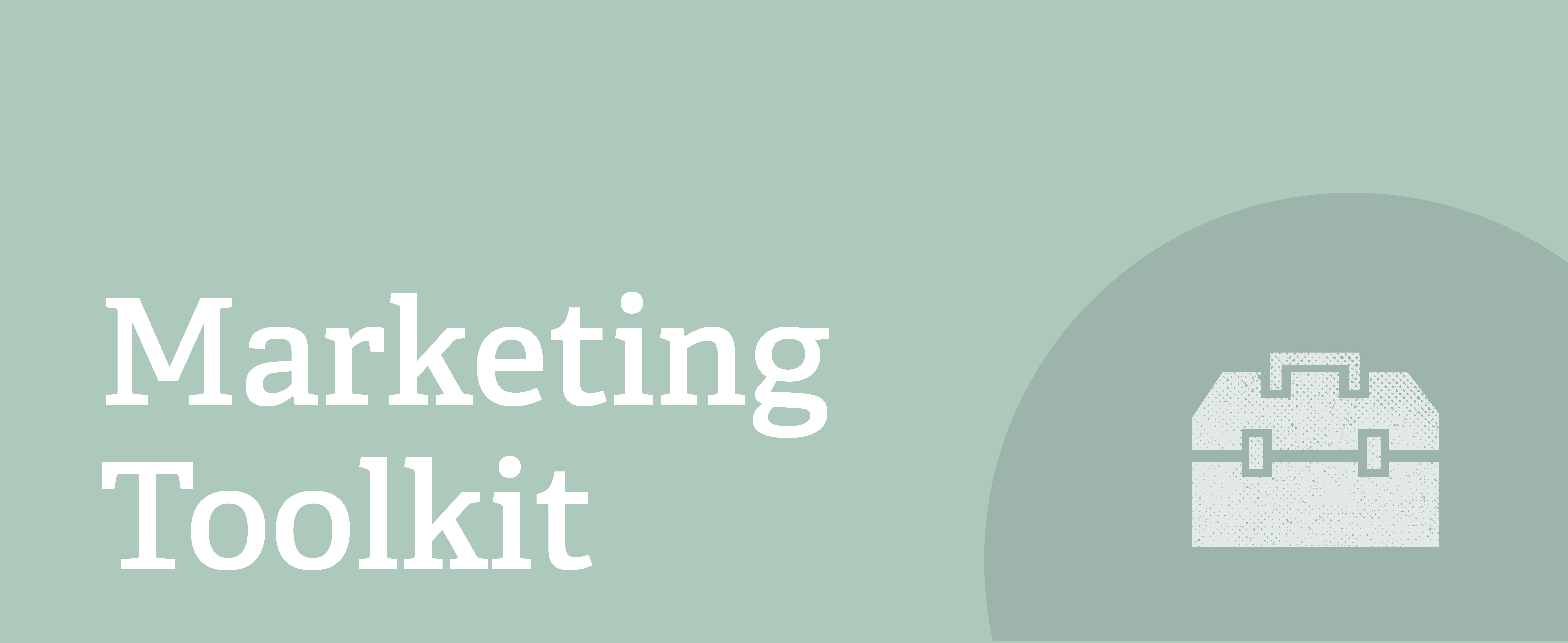An Introduction to Digital Asset Managers
What is a digital asset manager (DAM)?
A Digital Asset Manager, or DAM, is a cloud-based repository for all of your digital assets. This single location of your digital files enables secure and efficient access by client-side and agency-side teams, as well as 3rd party vendors. A DAM greatly reduces the downtime associated with searching for files on traditional servers or putting in requests to transmit files via email, flash drives, or FTP.
What does a digital asset manager (DAM) do?
All DAMs work essentially the same way: you subscribe to an online DAM service and after sufficient training, your DAM Manager uploads individual or batches of assets, tags them by client, business unit, type, category, subject, access privilege, etc., and the system sorts them accordingly. When an approved user accesses your DAM, they can search and browse all of the available assets that have been assigned to them. Typically they can output the file based on presets that have been configured into the system, be it high-resolution images for print, optimized images for websites or applications, or videos optimized for YouTube. Many companies now leverage DAMs to showcase their brand guidelines and identity systems, too.
Some enterprise-level DAMs support online editing of Word documents, InDesign templates, and complex workflows. Some can even be expanded to integrate with your CMS, CRM, email marketing platforms, web-based stock photo libraries, etc.
DAM industry leaders include Canto, Bynder, Widen, and Adobe Experience Manager Assets, but there are lots of other options out there, representing a full spectrum of price points and feature sets.
Why is using a DAM important?
By taking the guesswork out of where an asset resides can dramatically increase productivity and help your team bypass the endless searching and get right down to the doing.
What role does a DAM play in your marketing strategy?
Unless you work in a vacuum, having quick and easy access to shared assets among your team is essential. Configured correctly, DAMs can be the central hub of your digital asset library and expand remote-based team collaboration.
Keep Reading
Learn more about related tools, methods, and best practices in the Marketing Toolkit:
